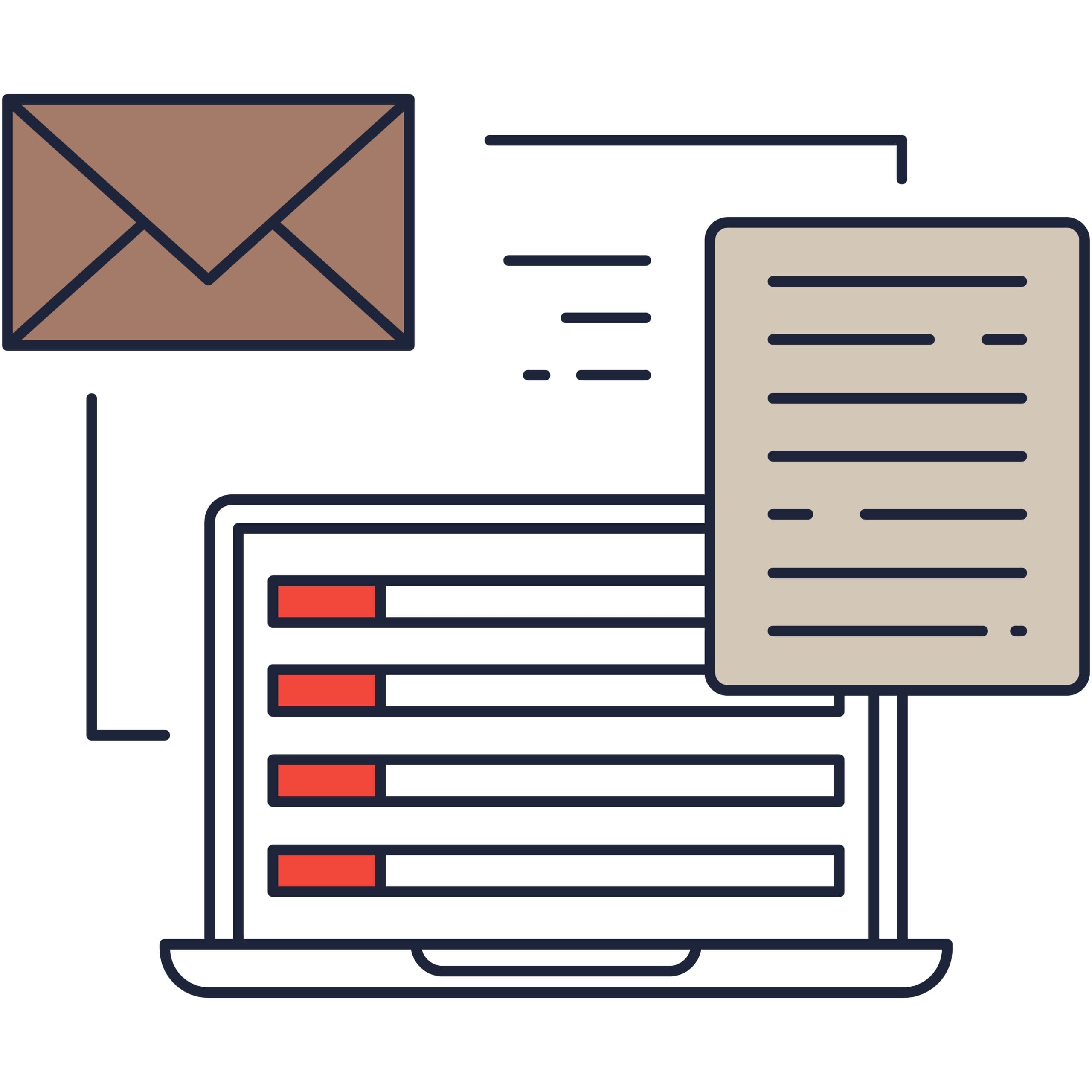What are EDI Messages?

October 17, 2018
In 2016, of all UK eCommerce sales £274 billion were B2B sales via the exchange of Electronic Data Interchange (EDI) messages.
What is an EDI Message?
An EDI message is essentially a business document that is transmitted electronically between companies using a standardised format that enables the trading partners’ computer systems to communicate with each other. You may also see them being referred to as EDI transactions, EDI files or EDI documents.
EDI messages streamline trading operations by increasing the speed and efficiency of the exchange of business documents.
EDI Documents
Some of the most common business documents exchanged as EDI messages are purchase orders, invoices and advanced shipping notices (ASNs).
You may also see EDI documents referred to as EDI transactions and files but essentially they all refer to the EDI messages that are exchanged between business partners, something which we examine in one of our EDI FAQs.
We also have the following FAQ’s that may be of interest to you:
– What is EDI and how it works?
Read more about what EDI is, including the four main components and how EDI works.
– What are the benefits and advantages of EDI?
Find out how you can benefit from EDI with an overview of the main advantages of EDI.
– How do you use EDI? / Getting started with EDI
Find out how you can get started with EDI.
EDI Message Formats/Standards
EDI standards define the format and structure of EDI messages. There are a number of EDI standards recognised across the globe, however the most commonly used are Tradacoms, EANCOM, EDIFACT, GS1 XML and ANSI X12.
In many cases, trading partners have different internal systems and the documents they produce are in different formats. The way EDI works is that documents are translated from internal formats into a standardised EDI format ready for transmission. For incoming EDI messages from trading partners, an EDI solution translates the EDI message into the format required by the internal systems.
EDI Message Types
EDI message types correspond to information in business documents, such as purchase orders and invoices and vary between the different EDI standards. For example, the ANSI X12 standard refers to an invoice as 810, whereas in the EDIFACT standard it is known as INVOIC.
EDI in the Supply Chain
A report conducted by GS1 highlights that the U.K retail industry saves approximately £650m per year by exchanging EDI messages. This financial saving stems largely from the time companies save when processing and transacting EDI documents. Electronic invoices are one of the most common EDI message types in the UK, with the average UK business receiving approximately 323 invoices a month. EDI enables companies to receive these messages electronically in a standardised computer readable format which drastically reduces time spent on cumbersome administrative tasks.
What is the difference between exchanging EDI messages and sending a PDF by email?
Although PDF’s are electronic files that are exchanged by computers, they do not have a standardised structure and are therefore not EDI messages. Sending a PDF by email requires human intervention – to create and send the PDF on one side and then for the receiver to open it and process the information it contains.
Exchanging EDI Messages with TrueCommerce
At TrueCommerce we equip our clients with the capability to transact EDI messages with their customers, suppliers and 3PL’s. Our EDI solutions, delivered as an outsourced, fully managed service take the complexity of understanding the different message types and how they are created, stored and processed out of our clients’ remit, as we deal with all of this on your behalf.
TrueCommerce enables companies of all sizes to trade electronically with all their trading partners, regardless of the EDI messages they need to exchange and their trading partners’ preferred message format/standard. Find out more about our scalable EDI solutions.
Share this post:
Stay ahead of the competition
Get expert supply chain insights delivered directly to your inbox weekly.
